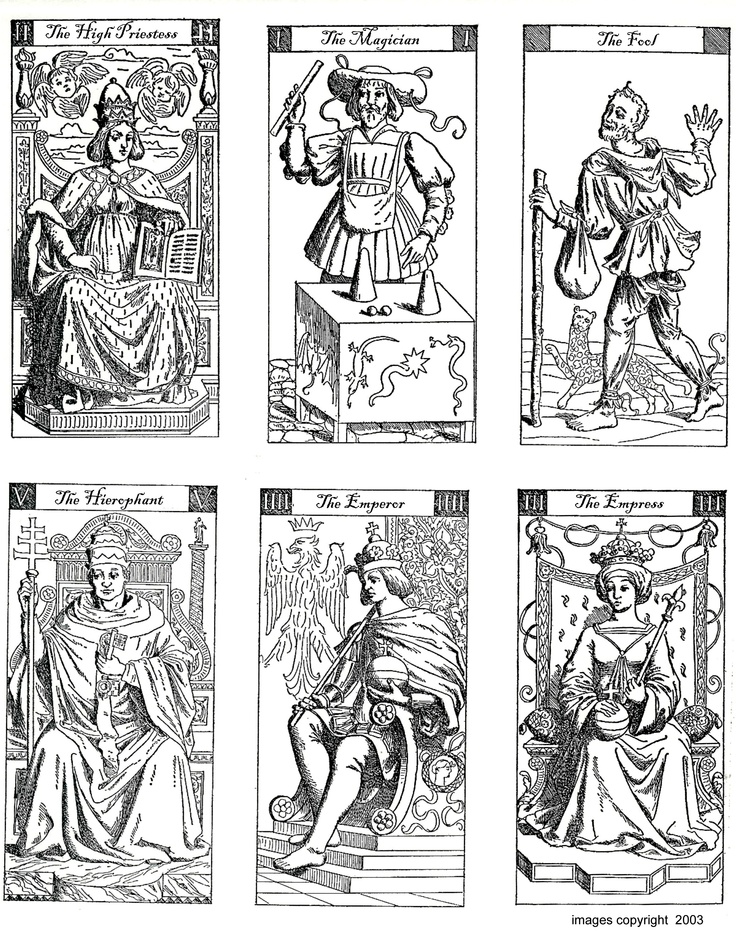
Hope, joy, and loyalty in love: Selected some of the most common coat of arms heraldic symbols, from time to time we update our list.

Togas of this color were worn by the powerful roman emperors.
Medieval colours and meanings. During the elizabethan era, red colour was an indicator of fire. Vert, although present from the formative period of heraldic design, was relatively scarce. Much of our understanding of perceptions of colour in the medieval period rely on robert grosseteste’s (c.
Heraldry symbols & meanings of coat of arms , a variety of icons, colors and heraldic animals. Red (gules) = military fortitude and also magnanimity. The colours that was most often restricted were:
Generosity and elevation of the mind: Colour, he explained, is “light embodied with the transparent”, diversified by the claritas (purity or brightness), strength and tenuity of the rays of light. Being an ancient symbol, the cross had many variations throughout history.
At the heart of his study was the belief that god created the. Azure was symbol of loyalty, red of courage, sable of prudence and green of courtesy. Red colour, like brown and orange, was obtained from the madder root that was easily available.
- was one of a. Selected some of the most common coat of arms heraldic symbols, from time to time we update our list. They gave pictorial expression to the motto of the lord, or rather, the family, and were at once a war cry and a call to arms.
Complete surface of the shield is described as field, it can be plain, it can represent. Signifies truth, sincerity, peace, innocence and purity. As the medieval era progressed, scribes altered their recipe for black ink.
Among the colours, sable was the second most common, followed by azure. Here are the main meanings behind each color that we have in our records. Heraldic colors the colors on coats of arms color meaning image or (gold) generosity argent (silver or white) sincerity, peace purpure (purple) justice, sovereignty, regal gules (red) warrior, martyr, military strength azure (blue) strength, loyalty vert (green) hope, loyalty in love sable (black) constancy, grief
The principal element and most important part of a heraldic achievement are shields, shields in heraldic language are called escutcheon. Green (vert) = hope, joy and also loyalty in love Coats of arms were also an integral part of medieval life.
Togas of this color were worn by the powerful roman emperors. Find a white medieval wedding dress or a light green maiden’s linen gown at our renaissance era costume shop. Blue (azure) =loyalty and in addition, truth.
Hope, joy, and loyalty in love: The carbon was scraped off and mixes with a paste made of tree gum and water. Most heraldic colors have more than one meaning.
The red colour was also for courageous men. Royal majesty, sovereignty, and justice: Each color had a meaning, as did each charge:
Black (sable) =constancy, and sometimes grief. Similarly, the poor people were permitted the use of red colour. Black is the ink color most commonly found on medieval manuscripts.
Over hundreds of years, some of these meanings have changed. Although in france, white was the color of mourning instead of black. Symbols and meanings in medieval plants april 12, 2010 sometimes when looking at a painting, piece of medieval stained glass, or even the banner flying in the air at a large event, it can help to remember that in a relatively illiterate society messages were.
It also meant control and importance. Dr ward does make clear that “many colours have had a range of attributes associated with them, some of which are far from consistent and “vary according to time and place”, but he sees a particular link between blue and loyalty in the later medieval period.he describes how the french poet and composer guillaume de machaut (d. In medieval heraldry, gules was by far the most common tincture, followed by the metals argent and or, at least one of which necessarily appeared on the majority of arms (see below).
Meaning of medieval heraldic symbols charges and shield divisions. Signifies wisdom, generosity, glory, constancy and faith. The symbolic meaning of the color purple was for penitence and mourning and is the liturgical color for the seasons of lent (time before easter) and advent (time before christmas.)
Early in the middle ages, the black ink was made from the carbon that was produced by burning wood. This section of our site features all our detailed articles on the medieval cross variations, their origins and meanings such as saint peter’s cross, maltese cross and the crusader cross also known as the jerusalem cross.